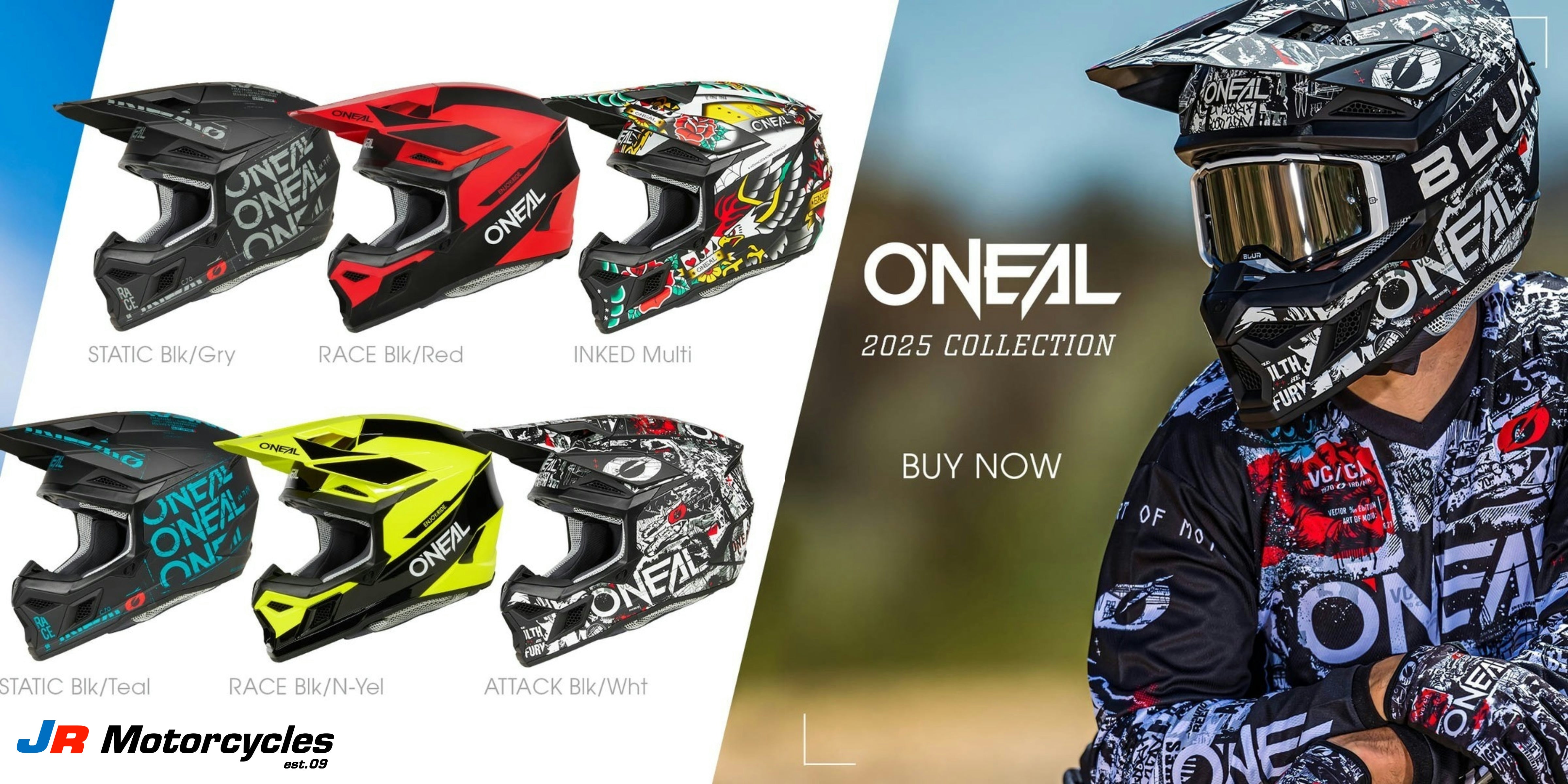A motorcycle helmet is the most crucial piece of safety gear a rider can wear. Choosing the right helmet can be the difference between a minor accident and a life-threatening injury. In this guide, we'll explore how to select the perfect helmet based on safety standards, fit, and comfort.
1. Helmet Safety Standards
When selecting a helmet, ensure it meets these recognised safety standards:
- DOT (Department of Transportation) – U.S. safety standard.
- ECE (Economic Commission for Europe) – European safety standard.
- Snell Certification – Higher level of impact protection for racing helmets.
- SHARP Rating – UK-based safety rating for helmets.
A certified helmet ensures maximum protection during an accident.
2. Types of Motorcycle Helmets
a) Full-Face Helmets
- Provide the best protection, covering the entire head and face.
- Reduce wind noise and shield against weather conditions.
- Ideal for sport, touring, and adventure riding.
b) Modular (Flip-Up) Helmets
- Allow riders to flip up the chin bar for convenience.
- Slightly heavier than full-face helmets.
- Popular among touring and commuter riders.
c) Open-Face Helmets
- Cover the top and sides of the head but leave the face exposed.
- Offer good ventilation but less protection.
- Commonly used by cruiser and retro-style riders.
d) Half Helmets
- Provide minimal protection, covering only the top of the head.
- Least protective option, usually worn by cruiser riders.
3. Getting the Right Fit
A properly fitted helmet is essential for safety and comfort. Follow these steps:
- Measure Your Head: Use a soft tape measure to determine head circumference.
- Check for a Snug Fit: The helmet should be tight without causing discomfort.
- Ensure No Pressure Points: Wear the helmet for a few minutes to identify any painful spots.
- Test for Movement: The helmet should not move excessively when you shake your head.
4. Ventilation & Comfort Features
- Good ventilation prevents overheating and reduces visor fogging.
- Removable liners allow for easy cleaning.
- Anti-fog and UV-protected visors improve visibility in various conditions.
5. When to Replace Your Helmet
- After a crash: Even if there’s no visible damage, internal structures may be compromised.
- Every 5 years: The materials degrade over time.
- If the fit changes: Padding wears out, affecting the helmet’s ability to protect.
Investing in the right helmet enhances safety, comfort, and overall riding experience. Choose a helmet that meets safety standards, fits well, and suits your riding style. For expert guidance, visit JR Motorcycles and explore our range of high-quality helmets!
All blog posts and content published by JR Motorcycles are our original work. We kindly ask that you do not copy, reproduce, or redistribute our materials without permission.

